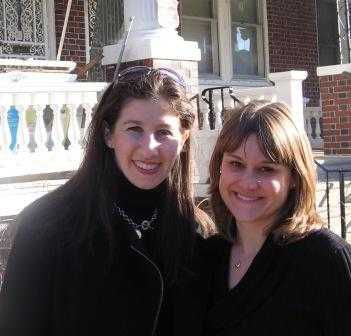Philadelphia
Objective: Create a performance-based, primary prevention program for refugee and foster care families with pregnant women and/or young children in Philadelphia View the 2008 Philadelphia Logic Model Abstract: The Philadelphia Childhood Lead Poisoning Prevention Program (CLPPP) has identified refugee and foster care children as vulnerable populations who could benefit from primary prevention. The communities have in place an ideal structure for inspecting and testing homes for lead hazards. Placement organizations conduct a basic evaluation before a child or family moves into a home built prior to 1978. This evaluation determines availability and suitability of electricity, running water, smoke detectors, and satisfactory sleeping arrangements. This community outreach is a true example of primary prevention in that it is aimed at preventing lead poisoning rather than treating children and remediating environments after it has occurred. The Philadelphia CLPPP exceeded its target of visiting 1,400 families in 2005-2006, and was on track to achieve 2007 goals. In addition to screening and education, this highly successful program inspects and tests homes for lead hazards before a child has been poisoned. If a hazard is detected, the home is referred to the Philadelphia CLPPP for a more thorough evaluation and subsequent remediation if necessary.  Lara Ford and Christine Bottrell (Harvard School of Public Health) are photographed during a neighborhood site visit.< 2008 Program Evaluation Projects
Lara Ford and Christine Bottrell (Harvard School of Public Health) are photographed during a neighborhood site visit.< 2008 Program Evaluation Projects
 Lara Ford and Christine Bottrell (Harvard School of Public Health) are photographed during a neighborhood site visit.
Lara Ford and Christine Bottrell (Harvard School of Public Health) are photographed during a neighborhood site visit.- Page last reviewed: June 1, 2009
- Page last updated: June 1, 2009
- Content source:
National Center for Environmental Health, Division of Emergency and Environmental Health Services


 ShareCompartir
ShareCompartir